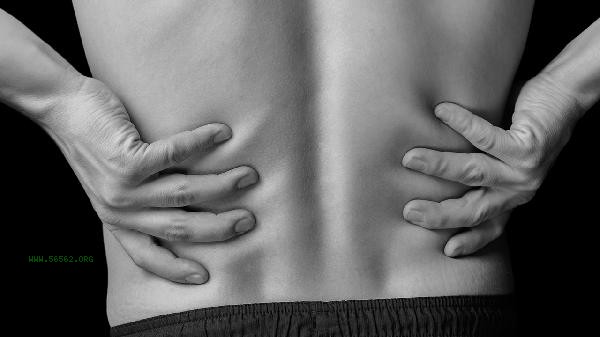Strengthening lumbar muscle exercise can help improve lumbar stability, alleviate lumbar pain, and prevent sports injuries. Lumbar muscle strengthening mainly works through mechanisms such as enhancing core muscle strength, improving body balance, reducing intervertebral disc pressure, improving athletic performance, and reducing the risk of chronic strain injury.

1. Enhance core strength
The erector spinae and lumbar muscles are important components of the human core muscle group. Regular flat support or hip bridge training can significantly improve deep muscle endurance. When these muscles have sufficient strength, they can effectively share the pressure on the spine and avoid excessive muscle fatigue caused by compensatory effects during daily activities. Swimming and leg lifting exercises can also activate coordinated contraction of multiple groups of lumbar muscle fibers.
2. Correction of poor posture
Sedentary individuals often experience pelvic anterior tilt due to iliopsoas muscle shortening. Muscle balance can be restored through anti rotation training such as dead worm or bird dog exercises. The strengthened transversus abdominis and multifidus muscles can maintain the neutral position of the lumbar spine, reducing abnormal wear and tear on the intervertebral joints caused by incorrect postures such as hunchback or collapse. The cat and bull style stretching combined with breathing training in yoga is particularly effective.
3. Relieve Intervertebral Pressure
Targeted lumbar extension exercises such as supine knee hugging rolling can promote intervertebral disc nutrient exchange and release compressed nerve roots. The stretching movements in McKenzie therapy can increase intervertebral height and reduce the risk of nucleus pulposus protrusion. Water buoyancy training is particularly suitable for non load bearing muscle activation in patients with intervertebral disc degeneration.

4. Improving athletic performance
Athletes in explosive power events can enhance torque conversion efficiency through hard pull and load rotation training, and their waist rotation strength can be increased by more than 20% during golf swings or tennis serve. The centrifugal control ability of the core muscle group is particularly crucial for movements that require aerial posture adjustment, such as gymnastics and diving.
5. Prevention of chronic labor injury
Regular waist muscle isometric contraction training for heavy physical workers such as construction workers can reduce the probability of waist fasciitis. The slow twisting movements of Tai Chi can improve muscle blood supply and prevent small joint disorders. It is recommended to perform targeted lumbar spine muscle group cycling training at least three times a week. When doing waist exercises, attention should be paid to gradual progress, and rotating movements should be avoided during acute back pain attacks. Swimming and Pilates are safe and effective low impact training methods, and it is recommended to combine them with respiratory training to enhance intra-abdominal pressure stability. Middle aged and elderly people can use elastic bands for resistance training, and after training, they need to perform sufficient lumbar muscle traction. Long term desk workers should do two minutes of waist stretching per hour, and can wear a waist belt for daily support. If there is persistent soreness or radiating pain after training, seek medical attention promptly to rule out organic lesions in the lumbar spine.









Comments (0)
Leave a Comment
No comments yet
Be the first to share your thoughts!